30 January 2023
Our port pro of the month is Ms. Magdalena Bosson, recently appointed CEO of Ports of Stockholm. It is the perfect occasion to have an interview with her. Discover the interesting topics she addresses below!
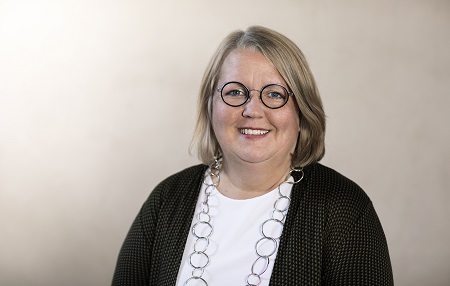
Can you briefly tell us about Ports of Stockholm? Which ports are you managing? What are the main activities, opportunities, and challenges?
Ports of Stockholm has four major ports that serve the entire Stockholm region. The northernmost of these is the Port of Kapellskär, then the centrally located Port of Stockholm, which in turn consists of several large ports, and further south we have Stockholm Norvik Port, which was completed in 2020, and the Port of Nynäshamn. We are one of the world’s largest passenger ports and the third-largest freight port in Sweden, but we have all types of operations at practically all of our ports.
What is your long-term vision for Ports of Stockholm? What are the main investment projects for the coming years? Could you briefly describe the importance of these investment projects for the ports and the region?
We have just completed a major investment programme, where we constructed an entirely new freight port and improved several of our major ports to make them more efficient. Now it is about maintaining these facilities, utilizing and developing them in the best ways possible, together with our customers. The major investments concern adapting to the new products of our customers, such as automooring, and also digital solutions. Above all, the major investments being made now and in the future concern sustainability, such as onshore power supply connections. Right now, for example, there is major work being done to provide automooring and onshore power supply connections for Finnlines at Kapellskär, and we are constructing onshore power supply facilities for cruise ships in Stockholm.
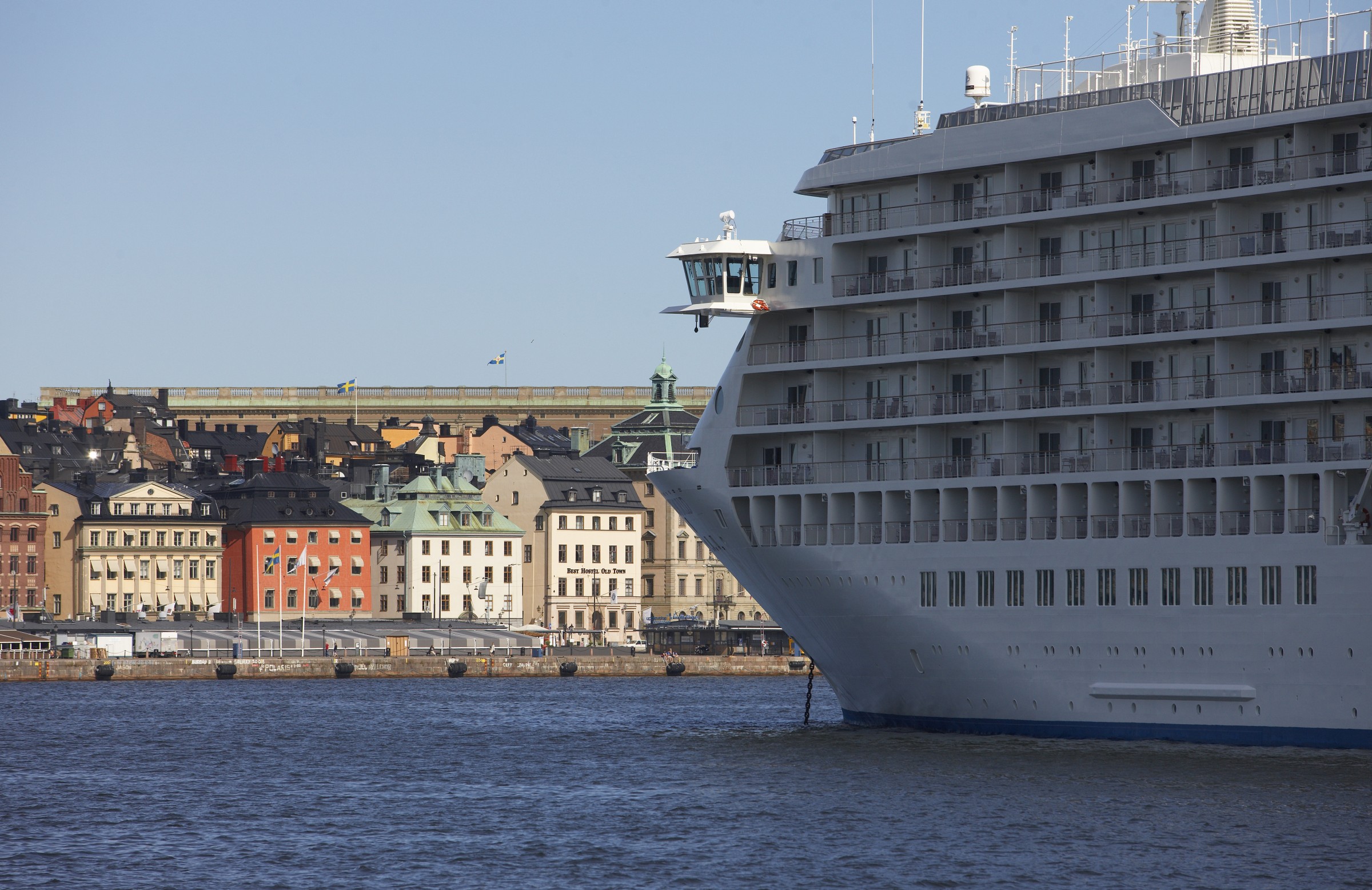
Do you believe it is important to put an emphasis on multimodal transport? Are there measures taken in your ports to make multimodal transport more attractive and more competitive?
Yes, all transport types are needed, and complement each other. In the ports we need to be able to transfer cargo to the transport alternatives that are most efficient and that our customers choose to use. Our ports must be integrated with the rest of the infrastructure and are part of the EU TEN-T network, where our ports have core and comprehensive status. We strive to be a hub for all transport types, where everyone can get the service they need.
European ports are increasingly investing in digital solutions to improve the efficiency of the logistics chain and port operations. Have your ports taken any initiatives towards digitalisation?
Absolutely! We are working at all stages to digitalize our operations. From making vessel calls more efficient, to sharing data with our customers and continuously improving our internal processes. There are also many higher-level initiatives that we participate in and follow the progress of. The optimal path of course is not for every port individually to find its own solutions, but to work together for a unified process that is optimal for the needs of our customers and other collaborative partners in the logistics chain.
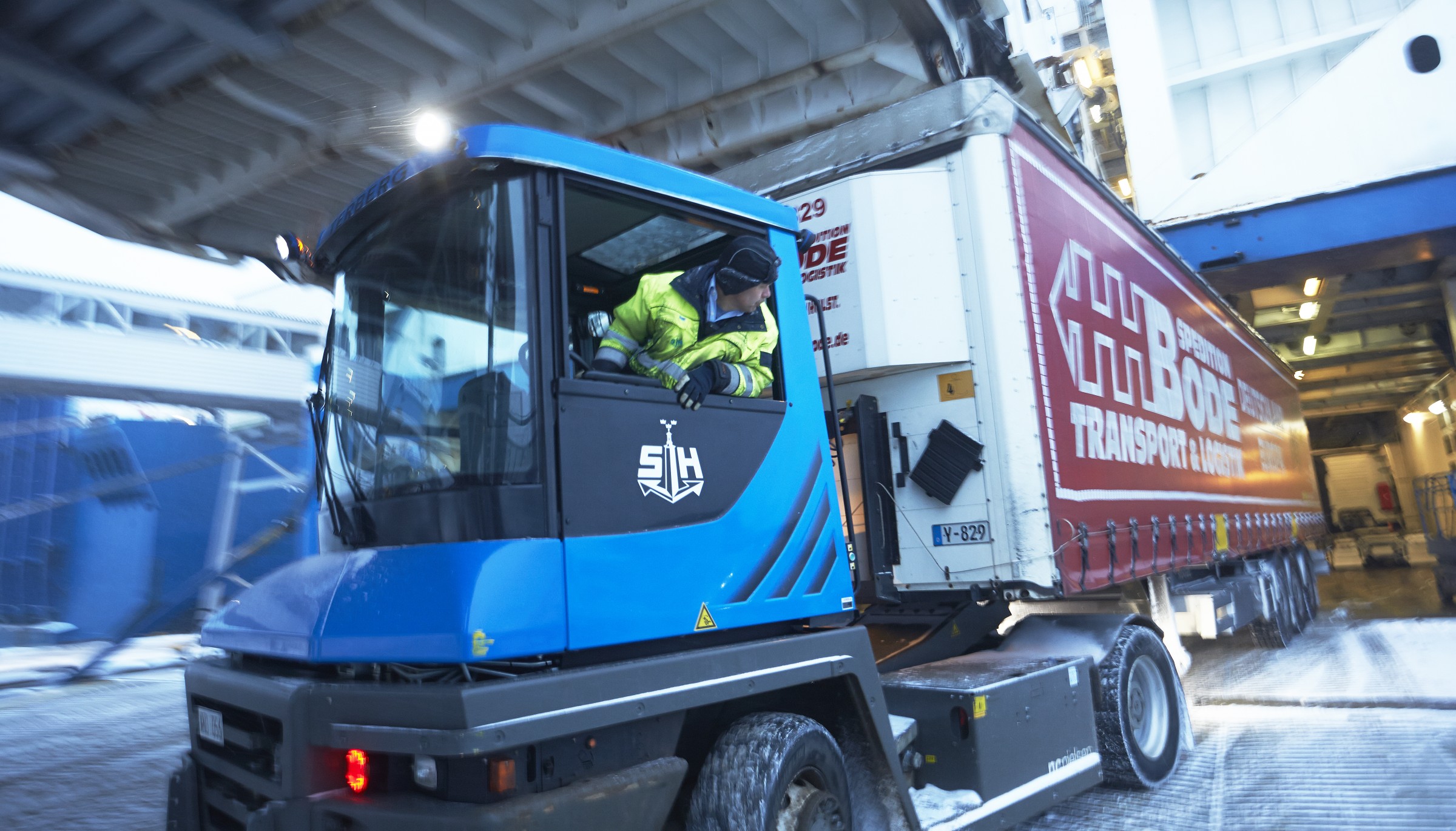
The greening of a port requires the help of all port stakeholders. What can Ports of Stockholm do to encourage all stakeholders to make their operations more sustainable?
It is very true that the greening of ports is about more than the ports themselves. We have actively worked in three dimensions on this issue for many years: the things we can do ourselves, the things we can do in dialogue with others, and the things we can only try to influence others to do. We have established very good contact with all of our customers and collaborative partners on green issues and this is moving higher up on everyone’s agenda. It is close dialogue that drives this work. We have also worked successfully for many years with environmental incentives to encourage customers to make environmental improvements that go beyond the legal minimum.
The passenger traffic is a core activity of Ports of Stockholm. How do you see this business evolving in the coming years? Has passenger traffic picked up again after the COVID-19 crisis?
In a normal year, we are one of the world’s largest passenger ports, with 16 million passengers. We have 11 million ferry passengers, 1 million cruise passengers and 4 million travelling by waterborne public transport services. The passenger numbers have recovered after the pandemic, but we are not yet back to the volumes of 2019. The war in the Ukraine and high fuel prices have hit our customer’s operations hard and it is difficult to predict the future. We do however have many good examples of new investments and customers willing to make commitments, even in these uncertain times, such as the launch of the new Viking Line vessel on the Stockholm to Turku route with very good results. In the spring Finnlines will introduce a new concept that focusses more on passengers, and then we also have Stena making major investments in the Baltic Sea. We probably will not return to how things were before the pandemic, but we are convinced that travel between the neighbouring countries around the Baltic Sea will not decrease in the long-term, and that the interest in Stockholm as a destination is still high.
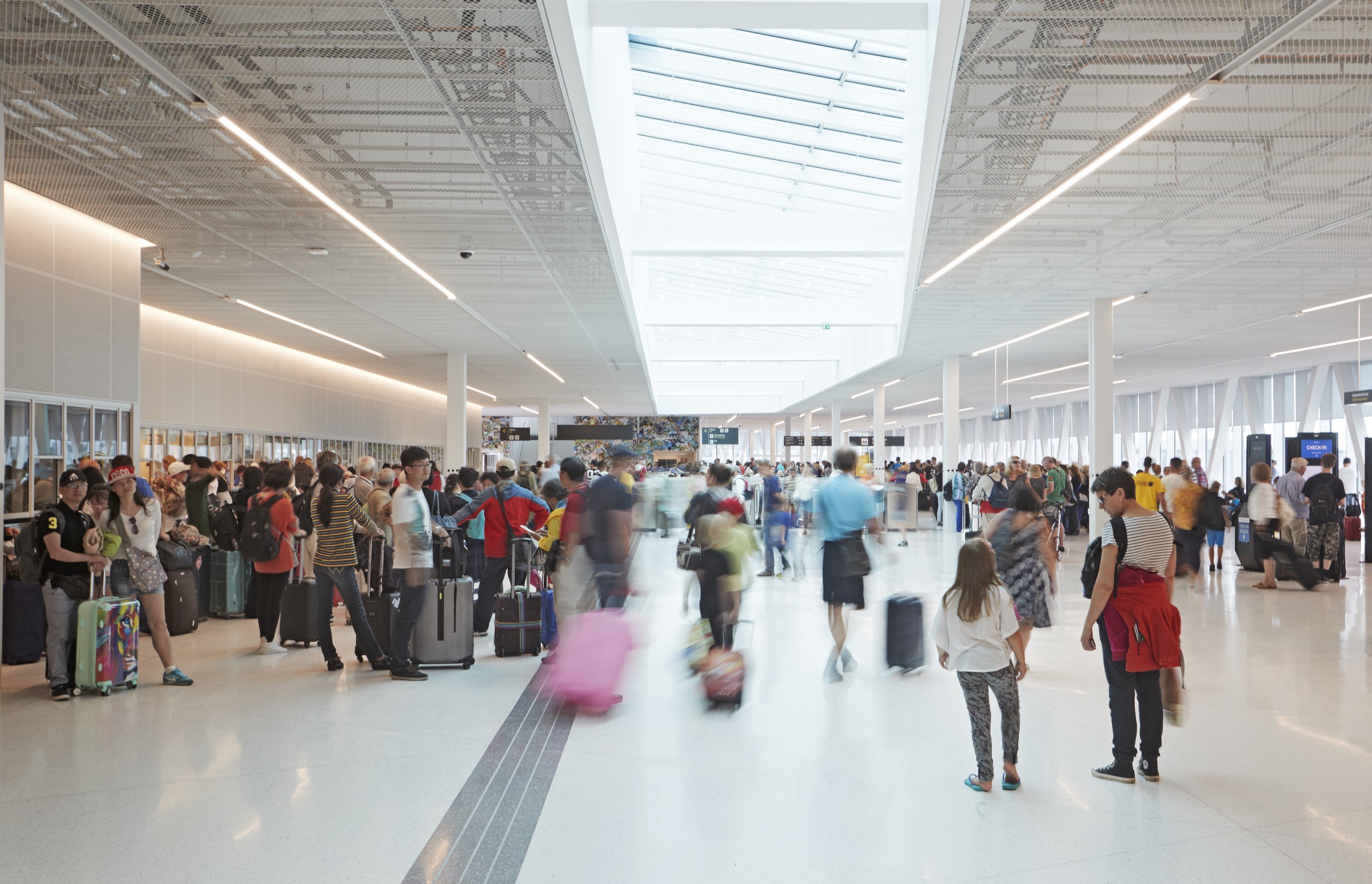
Ports of Stockholm is aiming to deploy onshore power supply (OPS) for some of the ship types calling at the ports. How many quays will be equipped with OPS? Which ships will be able to connect to it? How will this be financed, and what stakeholders are involved in contributing to the deployment of OPS? Are for instance shipping companies and individual terminals participating in making the deployment of OPS possible in your ports?
This is a big question, and also a difficult question as things are different at our different ports and for different business segments. We have worked since the 1980s with onshore power supply and for the most part have financed investments at our quays ourselves, but we have always developed the facilities together with our customers, and often also with other ports that have also been involved.
Port authorities are increasingly setting intercontinental strategies and improving performance by working together. How do you view cooperation with other Baltic and, in general, European ports? How is this relevant for Ports of Stockholm and how can your ports keep their competitive position?
I am of course quite new in my position and have not had time to address all of these issues yet. However, our operations extend beyond the port boundaries and national borders, so collaborations are an obvious way forward and are extremely important if we are to succeed in all the challenges facing us, above all in sustainability issues, but also for harmonization that enables us to meet the needs of the shipping and transport in all areas. This is not something we can achieve alone.
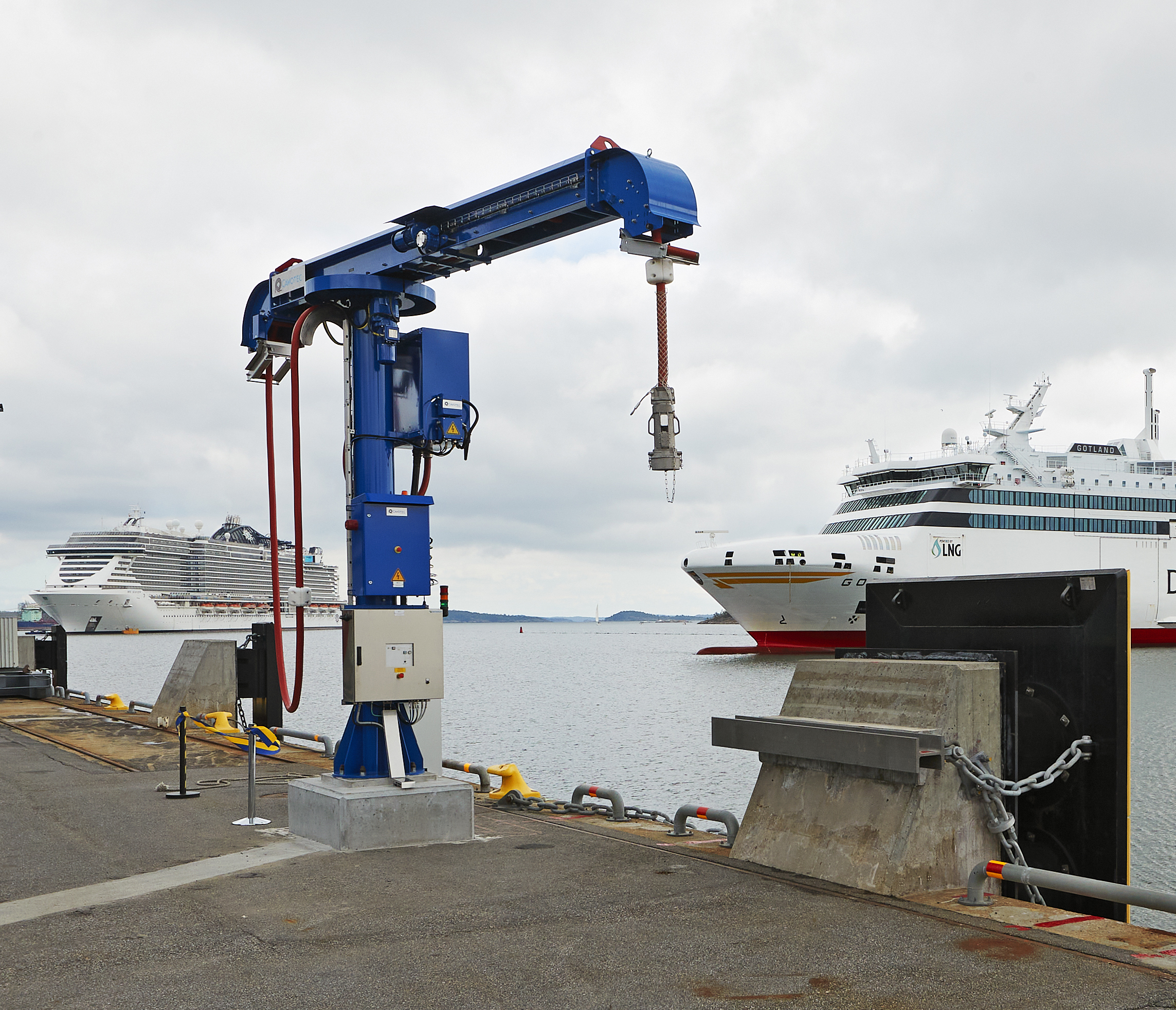
The Ports of Stockholm are important for NATO. Can you tell us why?
The Baltic Sea is an important body of water and Stockholm has a strategic position, both because of its location in the middle of the Baltic Sea, but also because of its proximity to the capital city and to the island of Gotland. Ports are a focal point in uncertain times. Partly this is about ensuring transport to and from the country and protecting the country’s borders.
How did you get into maritime transport? How did your career path lead to this position?
It seems like all my previous experience led me to this exciting challenge. I have followed the development of the ports in my previous roles which among others include Transport Department Director at Stockholm City Council, Deputy County Governor of the County Administrative Board of Stockholm, and most recently as Stockholm City Manager. I am very happy to get the opportunity to maintain and develop vital infrastructure for sustainable transports to and from the Stockholm Region, together with dear colleagues and robust, innovative customers.
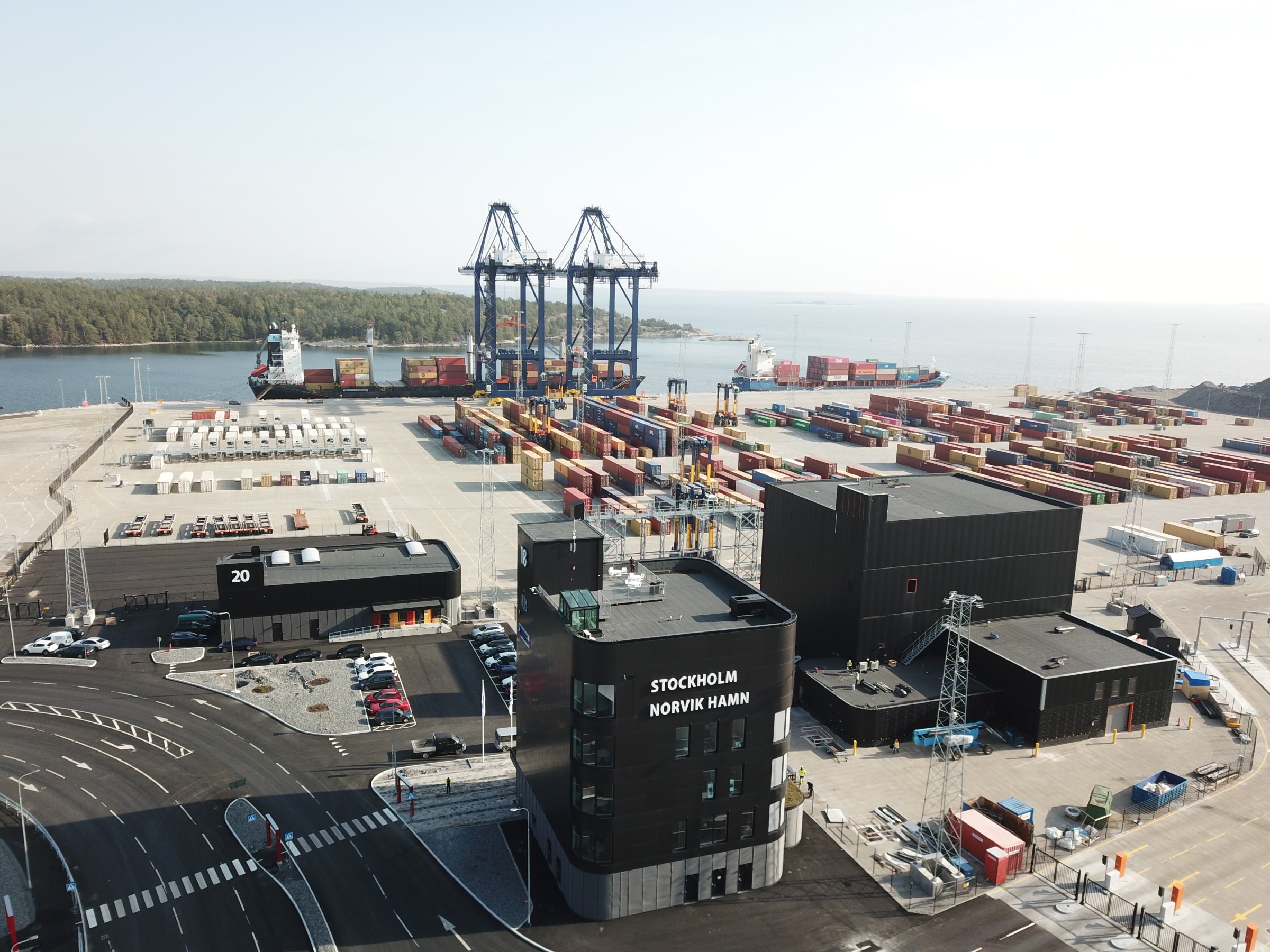
Related documents
No attachments.
